Parts that Broke and Disappointed
I admit it; some of these breakages have been my fault. Some, however, broke because of fatigue and wear, and a certain few because of their design flaws. There’s no doubt that there are some French components that are liable to break than others and which deserve their bad reputation. Nevertheless, if vintage parts are not treated carefully, they can easily crack or split into pieces. Special care must be taken when removing them as they may have been in the same spot for decades and can be seized into one position. They can form invisible cracks and internal weaknesses vulnerable to forces and pressures that are used to get them off the frame.
The Pedal Quill
I blame myself for this one, but not completely. This lovely Lyotard 82 pedal quill snapped under very moderate pressure and naturally I was very disappointed to see such a fine pedal broken. How did it happen? Something as stupid as this: I had checked the bearings beneath the dust cap, and pushing the cap back in by hand was not working. I took a flat screwdriver and used the quill as a load as I pushed the dust cap into place. Snap! Without much force, the quill broke off, which told me that it was already weakened. I’ve seen plenty of bent pedal quills, but few have broken so readily as this one.
The Philippe Stem
I can categorically say that this one wasn’t my fault. I’d also like to point out, that if you come across a Philippe stem with a 7mm allen key stem bolt, be very careful. Those bolts are so easily prone to rounding. A couple of slips in trying to loosen it and your stem will be forever stuck there. This older Philippe stem, however, had a different problem. Guess what it is yet? Well, blow me down with a feather if the clamp bolt wouldn’t release. The nut that held it on was spinning on the same thread, over and over again. With a combination of focus and grim determination, the nut did eventually release, leaving behind a slightly bent bolt with damaged threads. It’s a strange size, the bolt for this stem. It’s longer than any other I’ve come across, and I’ll be damned if I can find a replacement to put this lovely Philippe to use again.
It had to be Simplex!
I must have small graveyard of these broken delrin derailleurs. They are mostly front derailleurs which have cracked and have had their clamps broken off. It’s a shame to see how such a design flaw proved to be the great undoing of Simplex’s reputation, inherent in the problems of the Prestige, LJ and SX models. This particular front derailleur sheared off into two pieces without warning while I was riding. The plastic has a limited life span and I imagine all delrin derailleurs must one day end up this way. Once they are cracked, even its just a tiny one, they are junk, because the plastic will get pulled apart by the forces of the cable. I don’t know of any sane way of fixing them, and some people just won’t tolerate them on their bike. Makes sense to me.
The Sorry Case of the Solida
Talk about badly made. This Solida crankset, which actually once looked pretty good and was remarkably light, was just a nightmare trying to remove. Solida cranks aren’t known for their distinguished quality or craftsmanship, and this is proof why. I wanted to take this crank off because it needed a clean, in fact, it was covered in gluey old grease, the kind that sticks to everything. It required a French threaded crank removal tool, 23.35mm, which fitted into threads without problem. However, when I tried to extract the crank, screwing the tool inwards, the crank didn’t move but the tool popped out instead. It happened again, and the threads were at that point ruined. It was just then I noticed a hairline crack on the spider; I pushed against it with my thumb, and a piece of the spider actually snapped off. In fact, all the arms of the spider were weak enough to snap off by hand, which I did, with sadistic pleasure.
The Worst Brake Calipers Ever Made?
This isn’t a case of something that broke, but of a component that always seems to disappoint. I’ve owned three pairs of these CLB brake calipers, and each set, that is, 6 different calipers, have lost spring tension. In real terms, it means that not only are they as limp as a wet noodle, but when the brake lever is depressed the calipers can’t even manage to return to their normal position. So what you get is that most annoying of problems, the sticky brake lever/rubbing brake pad syndrome. These calipers are light and just don’t feel well made at all, and it can be no coincidence that Peugeot were installing them when they were really struggling for revenue. They may indeed be the worst vintage calipers, as I don’t think other brands could beat 6 out of 6 being unusable.

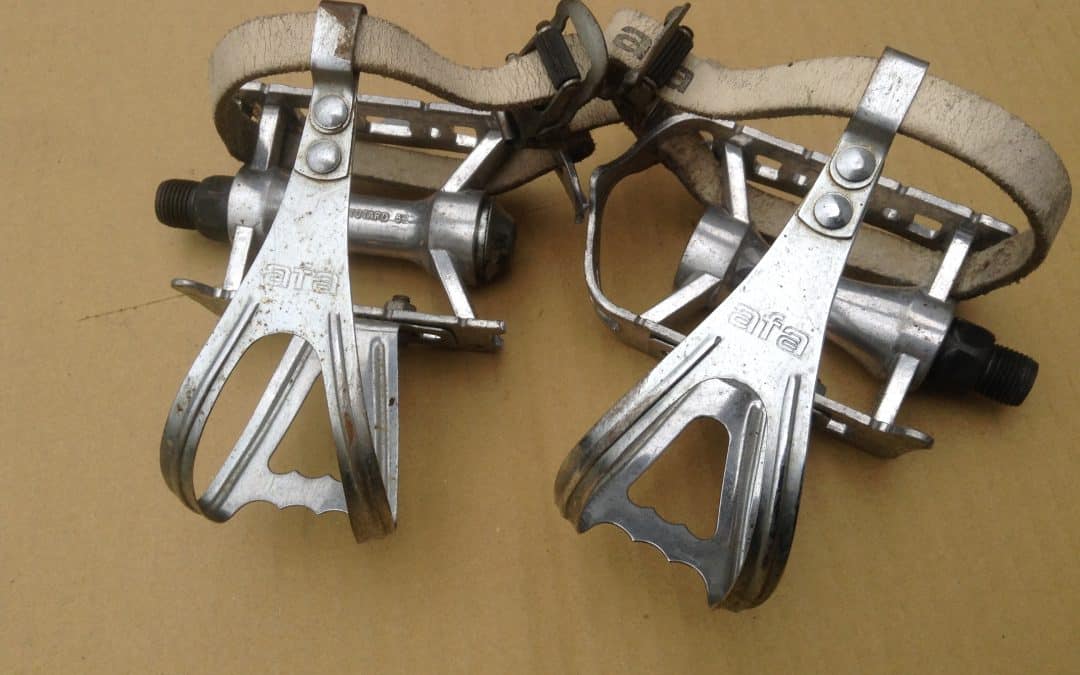
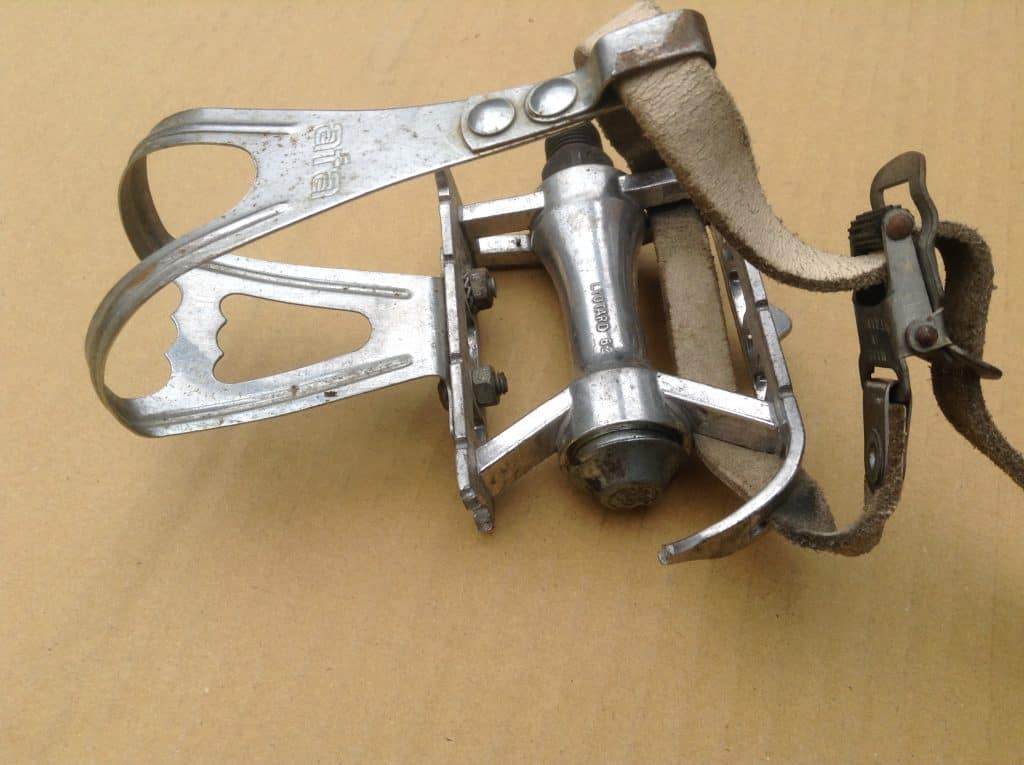
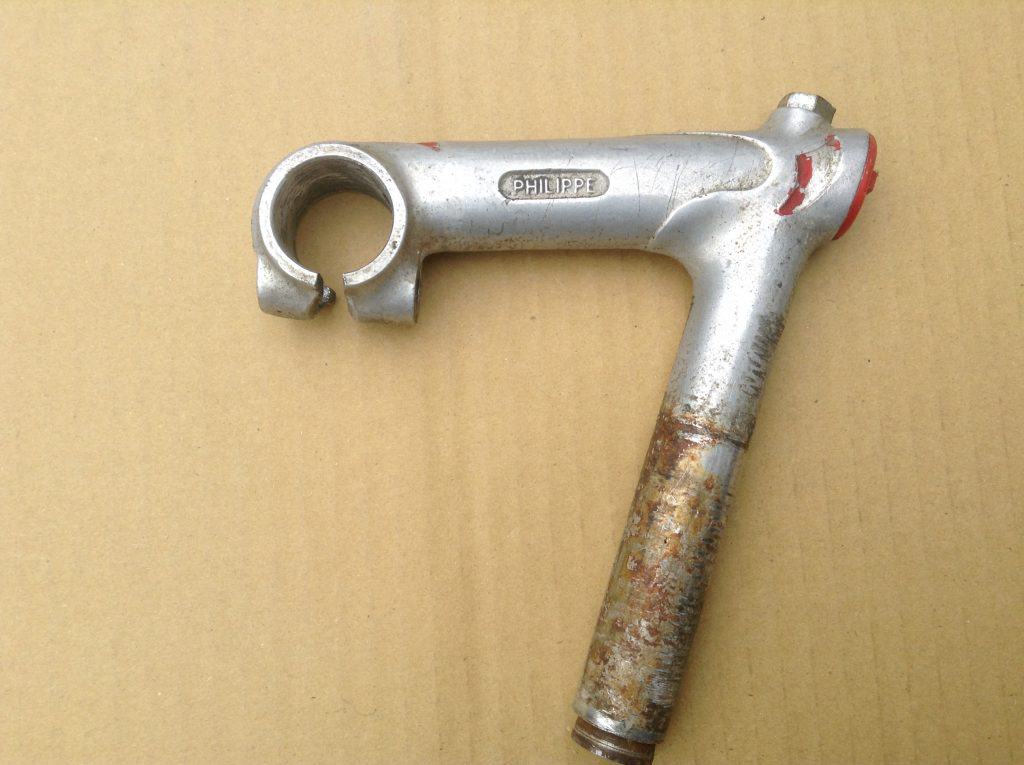
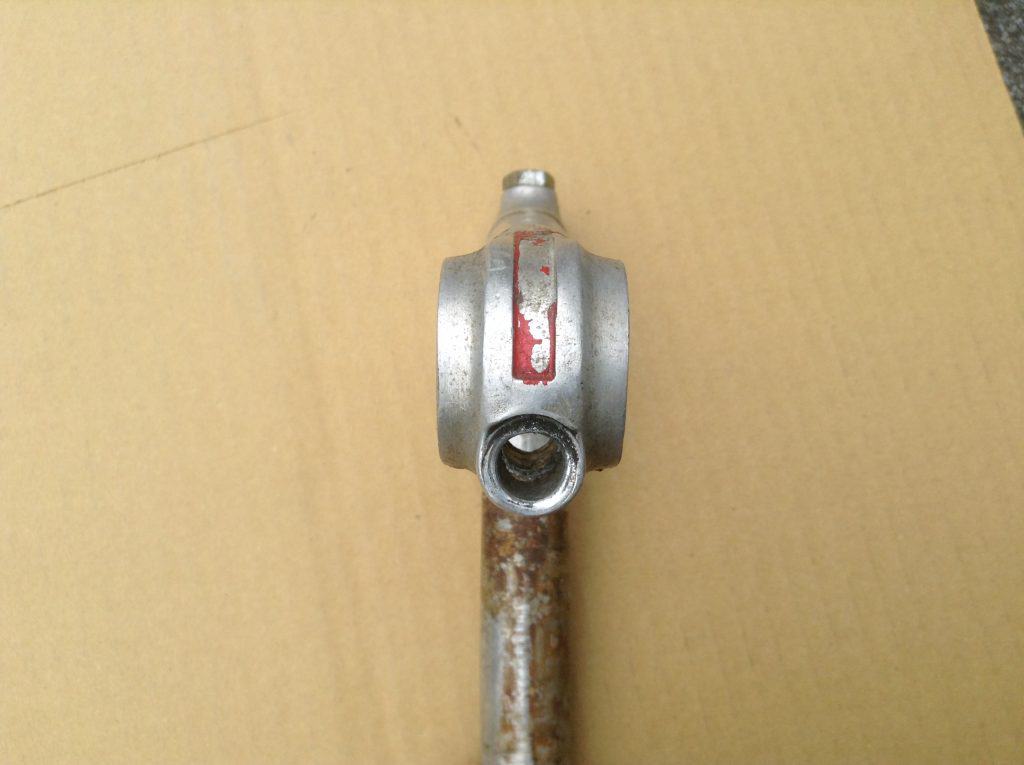
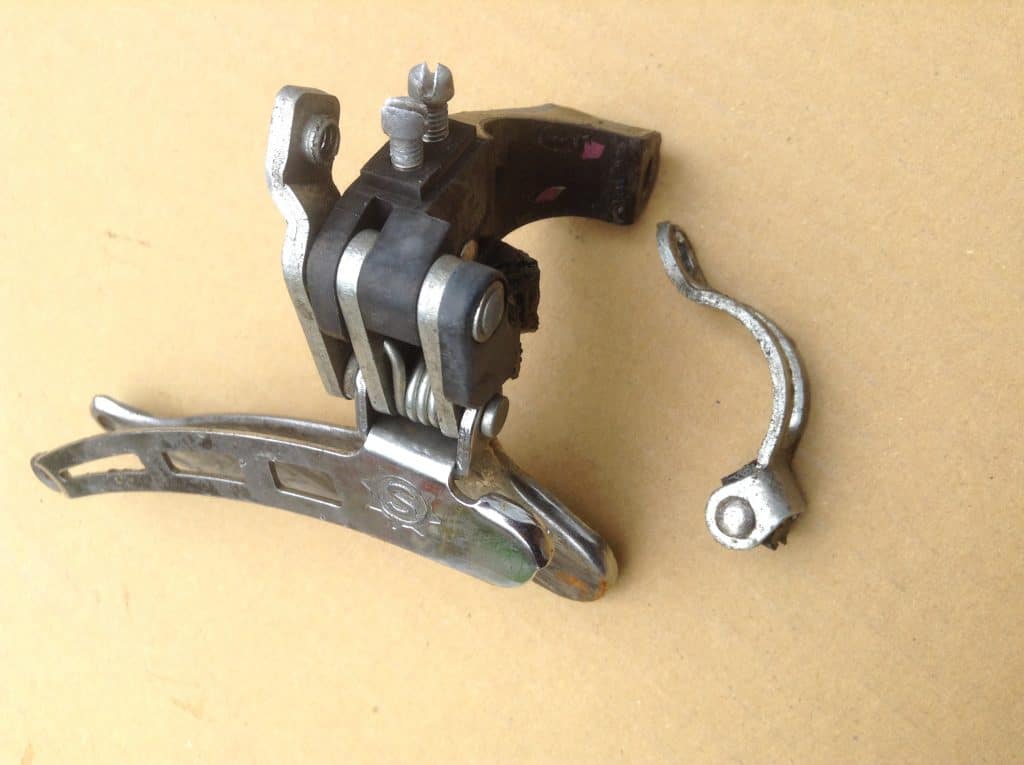
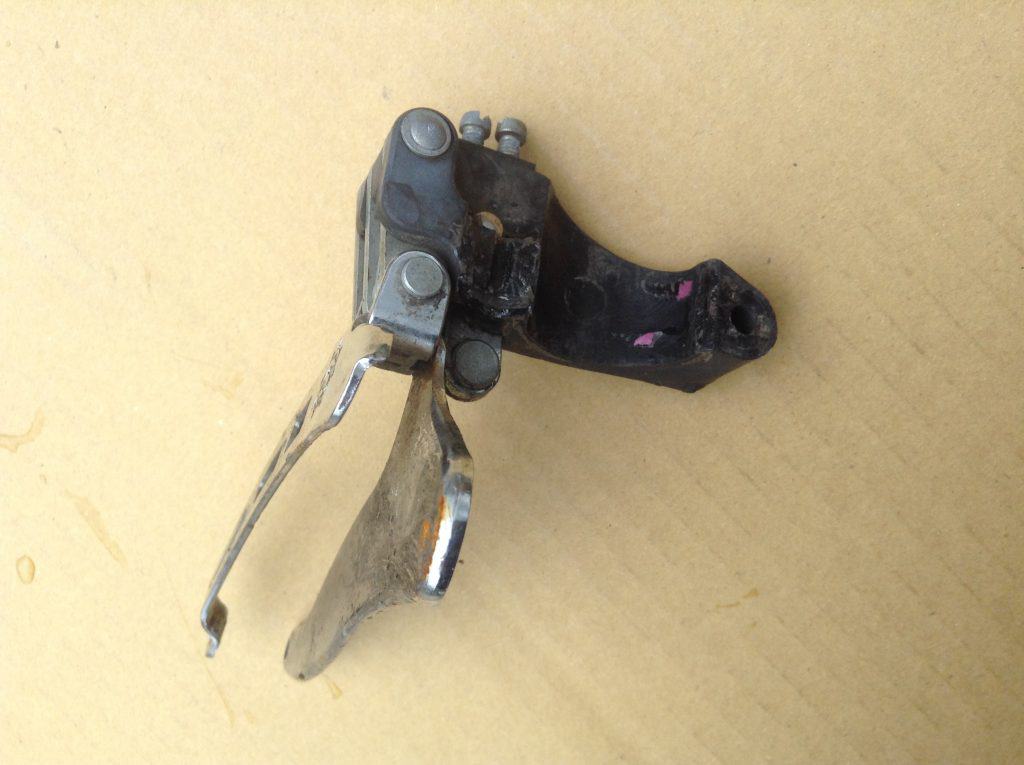
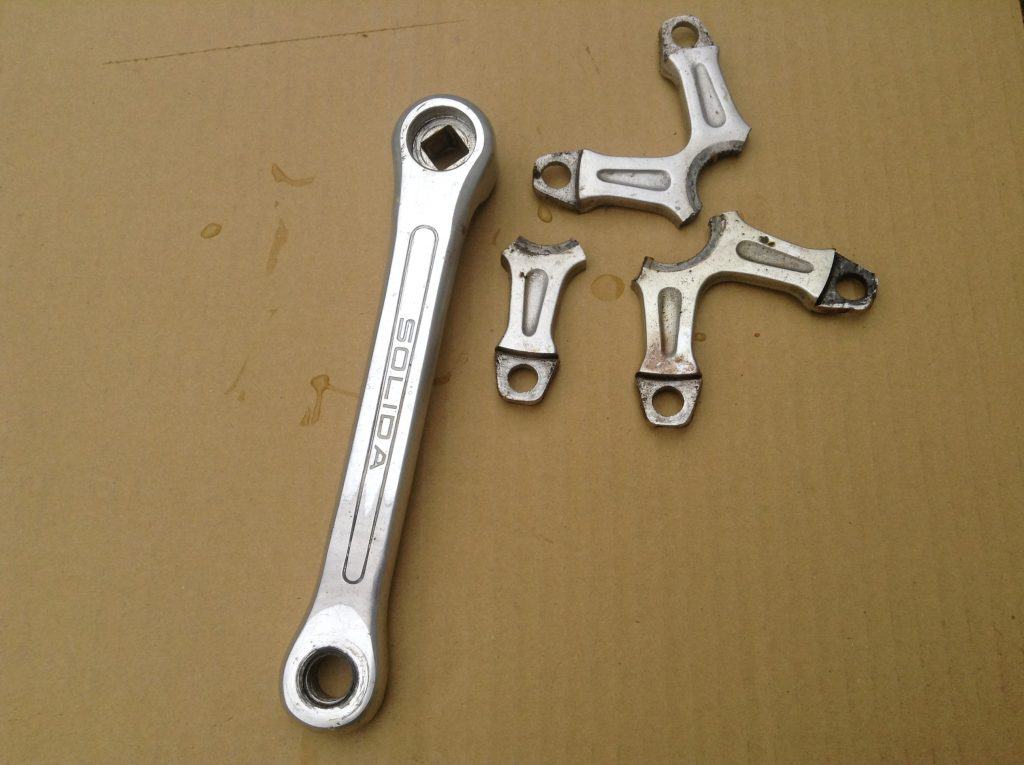
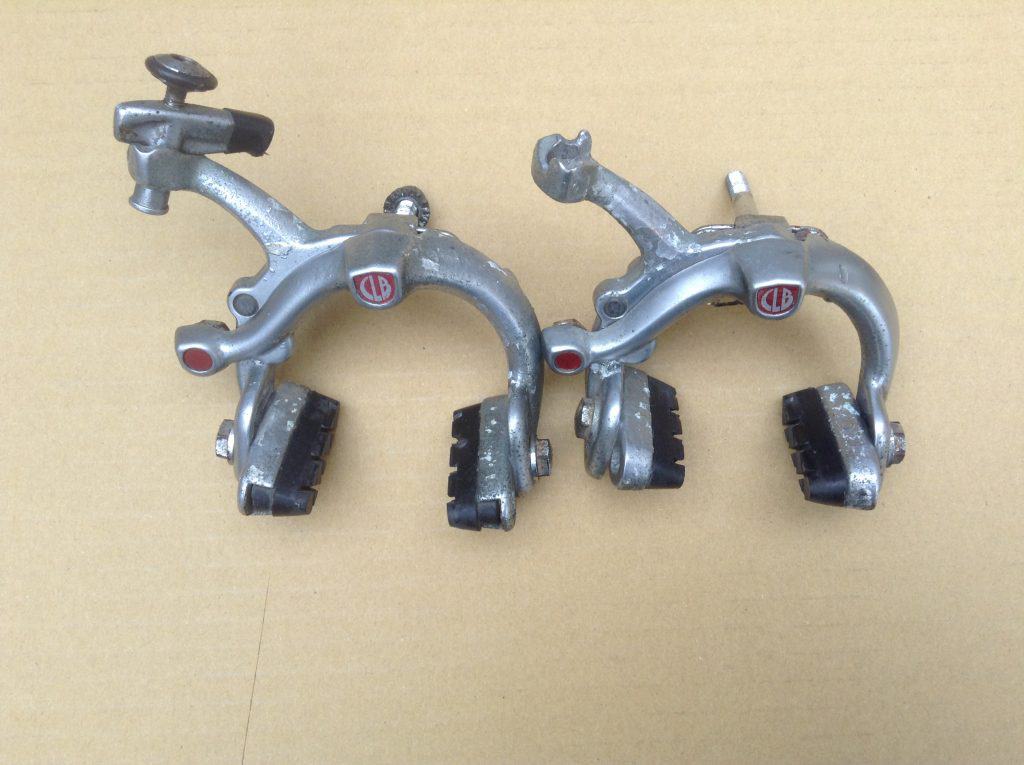
Recent Comments